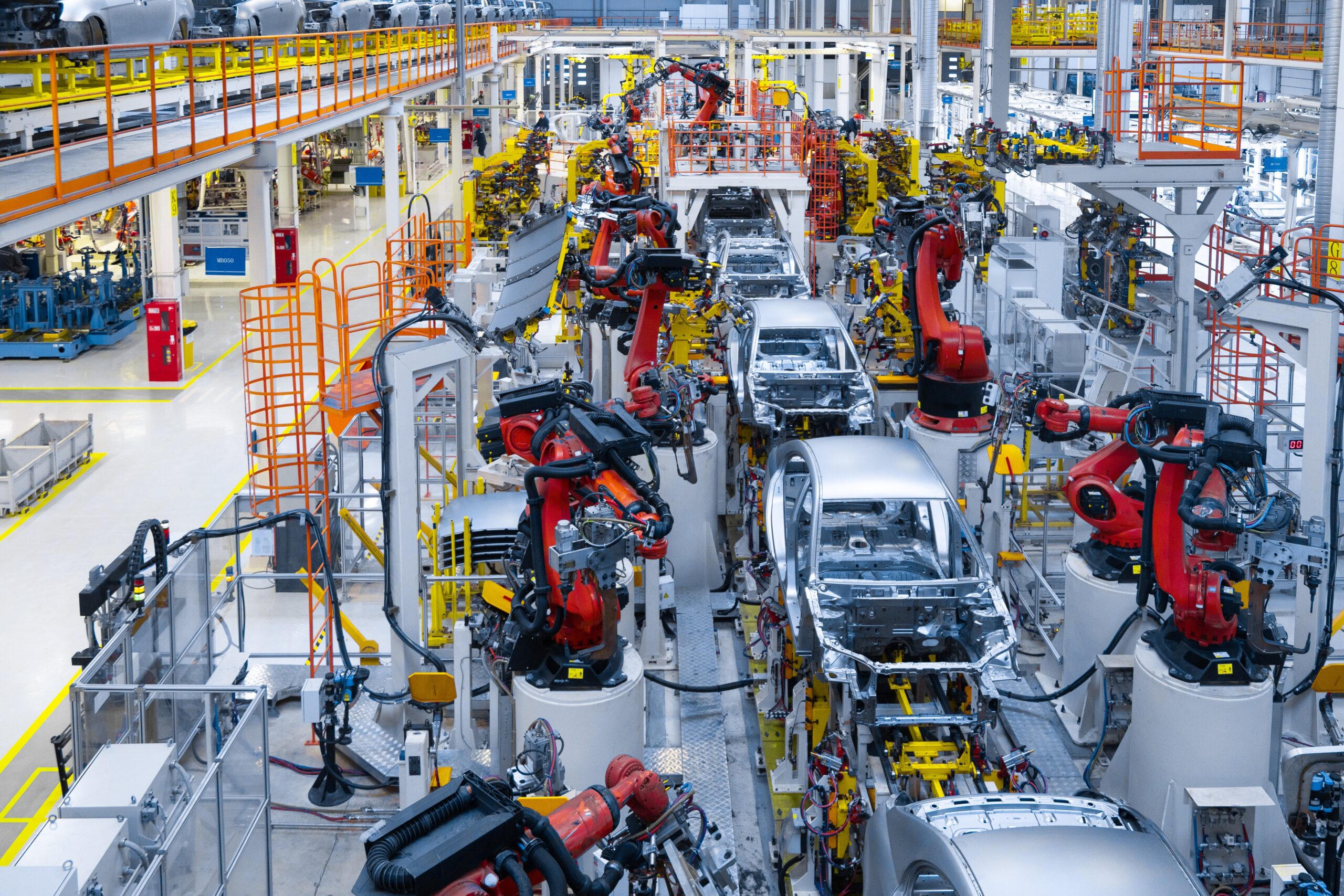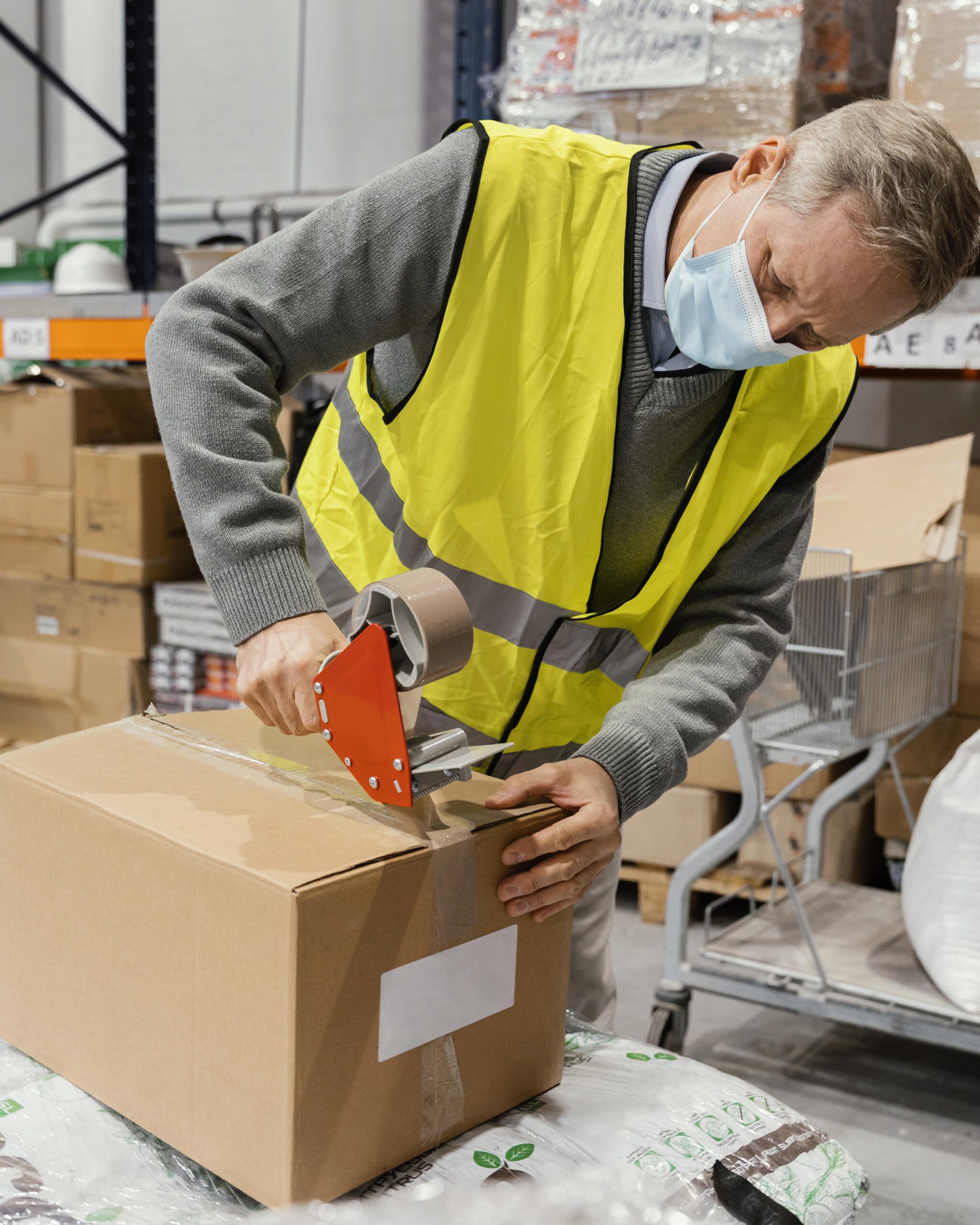How SaaS Solutions Are Transforming Chemical Safety and Waste Management The chemical industry plays a critical role in modern life, driving innovation …

Emerging Trends in Chemical Regulatory Reporting for 2025 and Beyond.
The chemical industry is entering a transformative phase where regulatory reporting is becoming increasingly complex, data-driven, and sustainability-focused. For chemical manufacturers, keeping pace with evolving compliance requirements is not just a legal obligation—it is essential for market access, reputation, and long-term growth.
As we step into 2025 and beyond, emerging trends in chemical regulatory reporting are reshaping how companies collect, manage, and disclose compliance information. Driven by stricter global regulations, digital transformation, and growing environmental, social, and governance (ESG) expectations, the industry must adapt rapidly to remain competitive.
In this article, we explore the key trends influencing chemical regulatory reporting, the challenges manufacturers face, and strategies to prepare for the future.
Why Regulatory Reporting Matters in the Chemical Industry
Chemical products affect nearly every aspect of modern life, from healthcare and agriculture to construction and electronics. But the production and use of chemicals also pose risks to human health and the environment.
To minimize these risks, governments and international bodies enforce strict chemical safety regulations. Regulatory reporting ensures that manufacturers:
- Provide accurate data on chemical composition, hazards, and safe use.
- Align with frameworks like REACH (Europe), TSCA (U.S.), and GHS (Globally Harmonized System).
- Demonstrate compliance with sustainability and ESG requirements.
- Build trust with regulators, investors, and customers.
Failure to comply can lead to penalties, restricted market access, reputational damage, and supply chain disruptions. Thus, staying ahead of regulatory reporting trends is critical for chemical manufacturers.
Key Trends Shaping Chemical Regulatory Reporting in 2025 and Beyond
1. Digital Transformation and Automation
The days of manual data collection and paper-based submissions are ending. Regulatory authorities worldwide are shifting toward digital-first reporting systems that require chemical companies to adopt automation and advanced data management tools.
- AI and Machine Learning will streamline hazard classification and predictive risk assessments.
- Blockchain will enhance traceability across supply chains, ensuring data authenticity.
- Cloud-based compliance platforms will centralize reporting, reducing duplication of effort.
This digital shift will not only improve accuracy but also allow regulators to analyze compliance data in real time.
2. Greater Global Harmonization
For decades, manufacturers have struggled with the challenge of complying with fragmented regulations across markets. However, global efforts toward harmonization are gaining momentum.
- The Globally Harmonized System (GHS) continues to expand, standardizing labeling and classification.
- More countries are aligning with frameworks like REACH and TSCA.
- Regional trade agreements increasingly require mutual recognition of compliance standards.
By 2025, we can expect regulatory frameworks to become more aligned, reducing complexity for manufacturers exporting to multiple regions.
3. ESG and Sustainability Integration
Regulatory reporting is no longer limited to chemical safety—it now intersects with sustainability and ESG performance. Investors, regulators, and customers expect transparency in areas such as:
- Carbon emissions and energy use
- Waste management and recycling practices
- Supply chain labor standards
- Product life-cycle assessments
Emerging frameworks like the Corporate Sustainability Reporting Directive (CSRD) in Europe are reshaping how chemical companies disclose non-financial data. For manufacturers, this means integrating ESG metrics into compliance reporting will be mandatory rather than optional.
4. Real-Time and Continuous Reporting
Traditional compliance reporting often involved annual or periodic submissions. Moving forward, regulators are embracing real-time or continuous reporting models to enhance oversight.
- Internet of Things (IoT) devices and sensors will enable live monitoring of emissions and discharges.
- Continuous data feeds will provide regulators with near-instant updates on compliance performance.
- This will push companies to adopt dynamic reporting systems instead of static reports.
Real-time reporting increases accountability but also demands advanced infrastructure and strong internal processes.
5. Rising Focus on Supply Chain Transparency
As chemical supply chains grow increasingly global and complex, regulatory agencies are demanding greater transparency across the entire value chain. Manufacturers will be required to report not only on their operations but also on:
- Supplier compliance with safety and ESG standards.
- Traceability of raw materials, especially hazardous substances.
- Responsible sourcing practices, including conflict minerals and ethical labor.
This trend will require close collaboration with suppliers, more frequent audits, and advanced digital tools to track compliance across multiple tiers of the supply chain.
6. AI-Powered Risk Prediction
Artificial Intelligence is emerging as a game-changer in regulatory compliance. In the coming years, regulators and companies alike will use AI to:
- Predict potential compliance risks before they occur.
- Identify emerging chemical hazards through big data analysis.
- Automate classification and labeling under frameworks like GHS.
AI-driven tools will help manufacturers reduce costs, improve accuracy, and minimize regulatory risks.
7. Increased Regulatory Scrutiny on Emerging Chemicals
New classes of chemicals, such as PFAS (per- and polyfluoroalkyl substances), nanomaterials, and bio-based chemicals, are under heightened scrutiny. Regulators are expanding requirements for testing, reporting, and disclosure.
Manufacturers must stay ahead by:
- Monitoring regulatory updates closely.
- Conducting advanced safety studies on emerging chemicals.
- Preparing for stricter reporting obligations on innovative materials.
Challenges Manufacturers Will Face
While these trends create opportunities for more transparent and sustainable practices, they also introduce challenges:
- High Implementation Costs: Adopting digital platforms, IoT devices, and AI tools requires major investments.
- Data Overload: Managing large volumes of real-time compliance data can overwhelm organizations.
- Talent Gap: Companies need skilled compliance professionals who understand both technology and regulations.
- Supplier Coordination: Ensuring ESG and safety compliance across global supply chains is a complex task.
Strategies to Prepare for the Future
To remain competitive in 2025 and beyond, chemical manufacturers should take proactive steps:
- Invest in Technology: Adopt digital compliance management systems, IoT sensors, and AI tools to stay ahead of reporting requirements.
- Enhance Collaboration: Work closely with suppliers, distributors, and industry associations to share compliance data and best practices.
- Integrate ESG into Reporting: Ensure that sustainability metrics are embedded into compliance frameworks from the ground up.
- Upskill Workforce: Train employees in regulatory reporting, data analytics, and ESG management.
- Adopt a Proactive Mindset: Instead of reacting to new regulations, build flexible systems that can adapt to emerging requirements.
Looking Ahead
The future of chemical regulatory reporting will be defined by digital transformation, ESG integration, and greater global harmonization. Companies that embrace these changes will not only meet compliance obligations but also build resilient, transparent, and sustainable supply chains.
Manufacturers that fail to adapt, however, risk penalties, market restrictions, and reputational damage in an increasingly competitive landscape.
Conclusion
As 2025 approaches, emerging trends in chemical regulatory reporting are reshaping the industry. From real-time digital monitoring and ESG disclosures to AI-driven risk prediction and supply chain transparency, regulatory reporting is becoming more demanding yet more strategic.
For chemical manufacturers, success lies in embracing innovation, fostering collaboration, and integrating compliance into the broader business strategy. In doing so, they can not only navigate regulatory challenges but also unlock new opportunities for sustainable growth.
Emerging Trends in Chemical Regulatory Reporting for 2025 and Beyond. The chemical industry is entering a transformative phase where regulatory reporting is …
The Role of ESG in Building a Sustainable Chemical Supply Chain The chemical industry is at the heart of global progress, powering …
Global Chemical Safety Compliance Challenges Faced by Manufacturers The chemical industry is one of the world’s most dynamic and impactful sectors, fueling …
Workforce Training for the Future of Mobility The automotive sector is in the midst of a speeding change with the advent of …
EV Manufacturing and Carbon Reduction Roadmaps The transition to electric vehicles (EVs) is revolutionizing the automotive sector. As EVs hold the promise …
IATF 16949 Compliance Made Simple in Automotive Manufacturing Obtaining compliance with IATF 16949, the worldwide quality management standard for the automotive market, …
Reducing Automotive Recalls with Data Manager Automotive recalls are expensive, harmful to brand image, and disruptive to production timelines. No matter the …
Programs That Build Greener Operations in Packaging Greener packaging is no longer a choice—it’s a business necessity. To get to greener operations, …
Sustainable Packaging Production Without Complexity The packaging market is coming under mounting pressure to provide sustainable solutions. Consumers, regulators, and brands are …
Costs of Scrap and Idle Time in Plants In the packaging business, speed and accuracy are paramount. But two quiet profit-killers—scrap and …
Time Data to Eliminate Packaging Line Defects In packaging, efficiency and quality are paramount. One blemish on the pack line—misprints, sealing flaws, …
Building a Skilled Workforce for Greener Mills The textile industry’s future is sustainable production, and skilled labor is the core of that …












